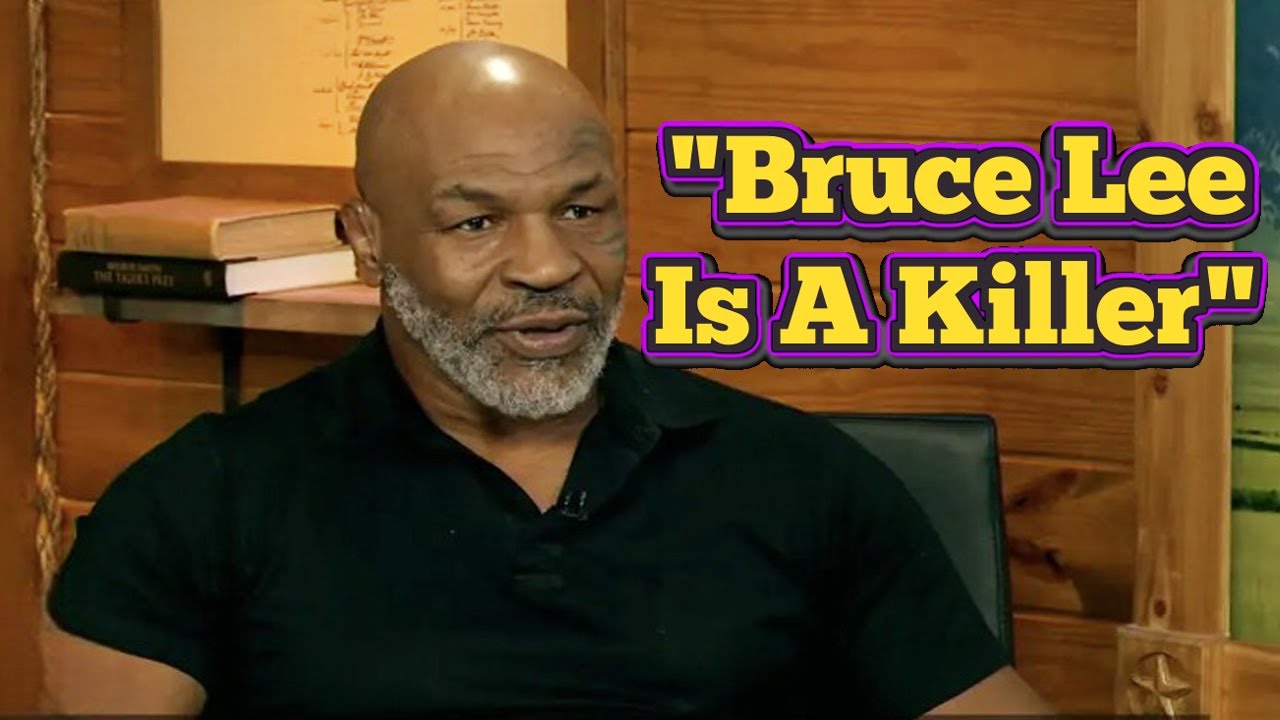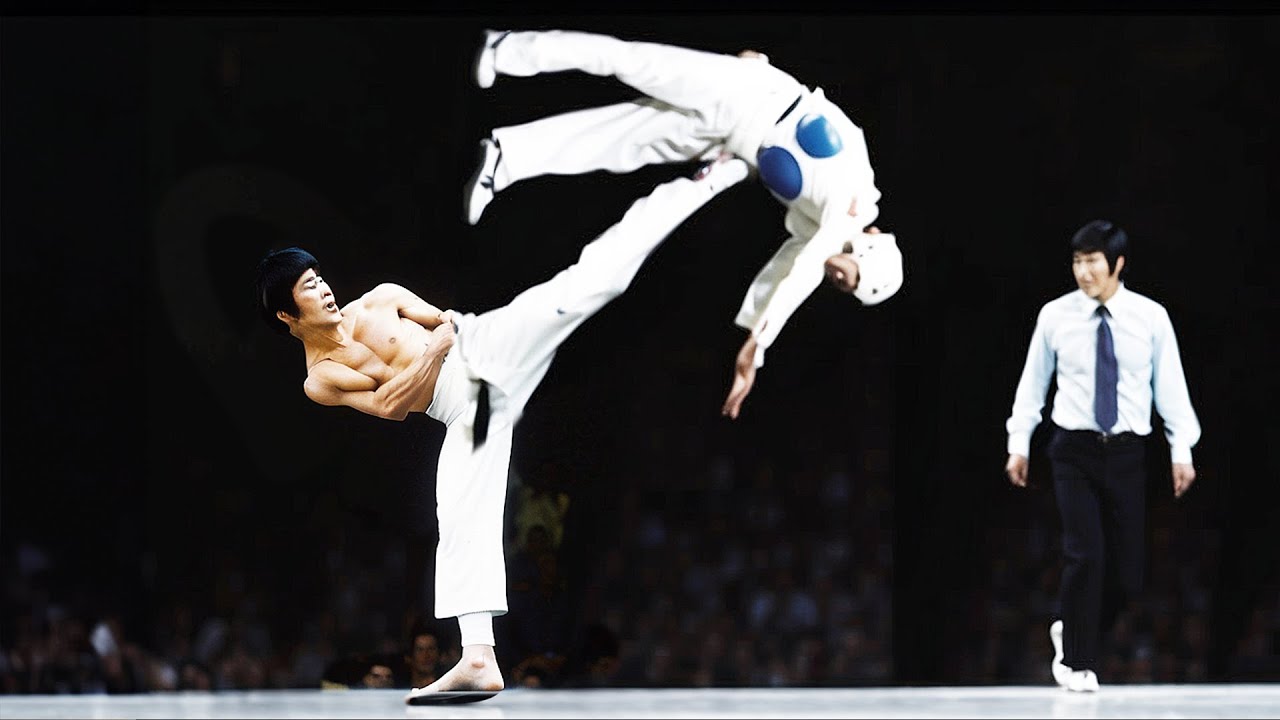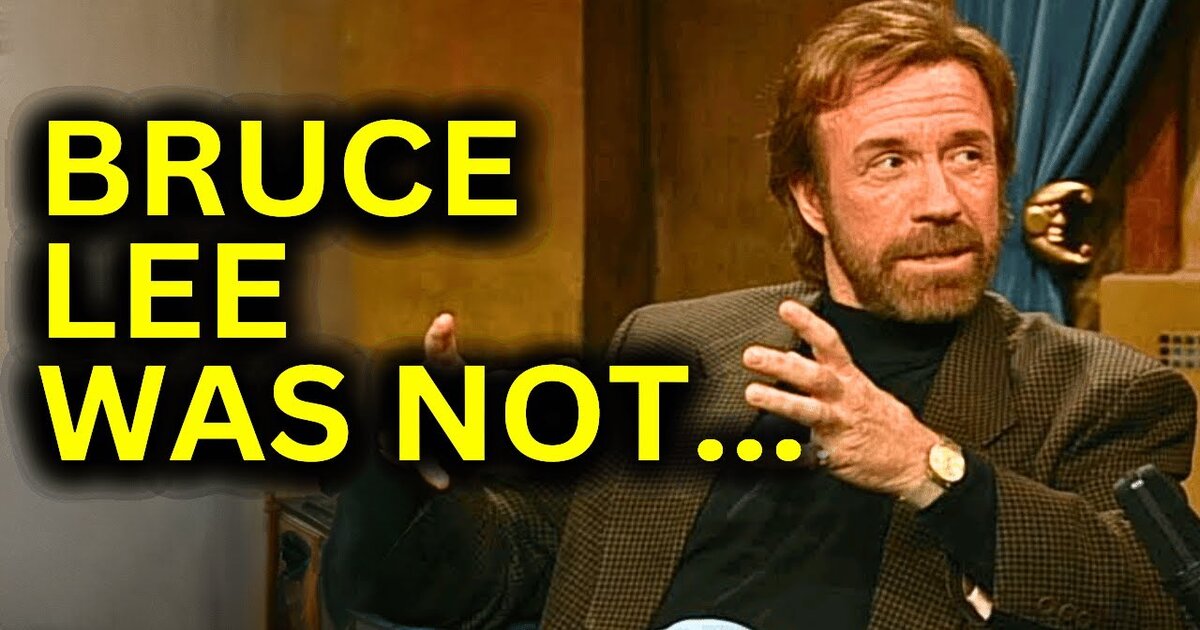
Bruce Lee, the legendary martial artist and actor, is widely recognized for his extraordinary speed and agility. Throughout his career, he demonstrated unparalleled prowess, leaving an indelible mark on the world of martial arts and popular culture. We will explore the remarkable speed of Bruce Lee, delving into his training methods, physical attributes, and the impact he had on the martial arts world.

Bruce Lee’s speed was an intrinsic part of his martial arts mastery. His journey to becoming a swift and powerful fighter began at an early age. Born on November 27, 1940, in San Francisco, Bruce Lee was raised in Hong Kong. He started learning traditional Chinese martial arts, such as Wing Chun, at a young age, under the tutelage of renowned master Yip Man. These early experiences laid the foundation for his future accomplishments.

One of the key factors contributing to Bruce Lee’s speed was his rigorous training regimen. He was known for his relentless pursuit of perfection, spending countless hours practicing and honing his skills. Lee understood that speed was a combination of physical attributes, technical proficiency, and mental focus. His training encompassed various aspects, including strength and conditioning exercises, flexibility drills, and cardiovascular workouts. Through rigorous physical training, he developed exceptional footwork, hand speed, and body coordination.

In addition to traditional martial arts techniques, Bruce Lee also incorporated elements from other disciplines into his training. He was well-versed in boxing, fencing, and philosophy, among other areas. By blending various martial arts styles, he created his own unique system known as Jeet Kune Do. This innovative approach emphasized practicality, efficiency, and adaptability, allowing him to capitalize on his speed and capitalize on his opponents’ weaknesses.

Bruce Lee’s physical attributes also played a crucial role in his exceptional speed. Standing at 5 feet 7 inches and weighing around 135 pounds, he possessed a lean and muscular physique. His lightning-fast reflexes, coupled with a low body fat percentage, contributed to his incredible agility and quickness in combat. Moreover, his exceptional hand-eye coordination allowed him to anticipate and counter his opponents’ moves swiftly.

Bruce Lee’s speed became most evident when he performed in front of the camera. In the 1970s, he became a global icon through his roles in movies like “Enter the Dragon” and “Fist of Fury.” His mesmerizing fight sequences showcased his blinding speed, making him a trailblazer in the world of martial arts cinema. Audiences were captivated by his impressive display of martial prowess, and his influence reached far beyond the realms of martial arts enthusiasts.

Beyond his cinematic achievements, Bruce Lee’s impact on martial arts culture was profound. He challenged traditional martial arts practices and encouraged practitioners to embrace continuous improvement and innovation. His philosophy emphasized self-expression and self-discovery, urging individuals to adapt martial arts to their unique attributes and personalities. This approach had a lasting effect on the evolution of martial arts, as practitioners began to adopt a more pragmatic and dynamic approach to combat.

Sadly, Bruce Lee’s life was cut short on July 20, 1973, at the young age of 32. His sudden death sent shockwaves through the world, leaving behind a legacy that continues to inspire millions of people to this day. While he may no longer be with us, his teachings and impact endure through his writings, movies, and the countless martial artists who have been influenced by his philosophy.









